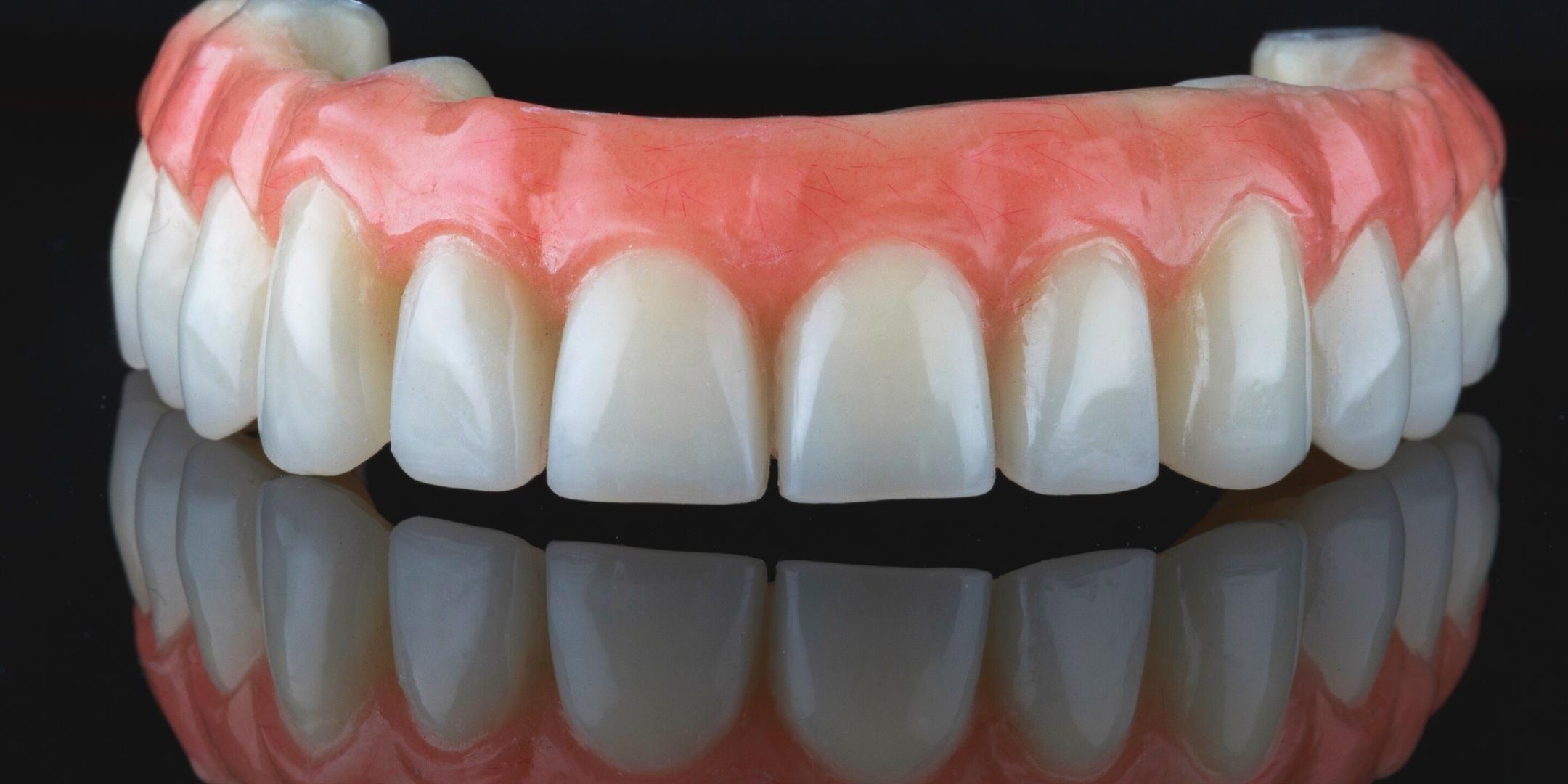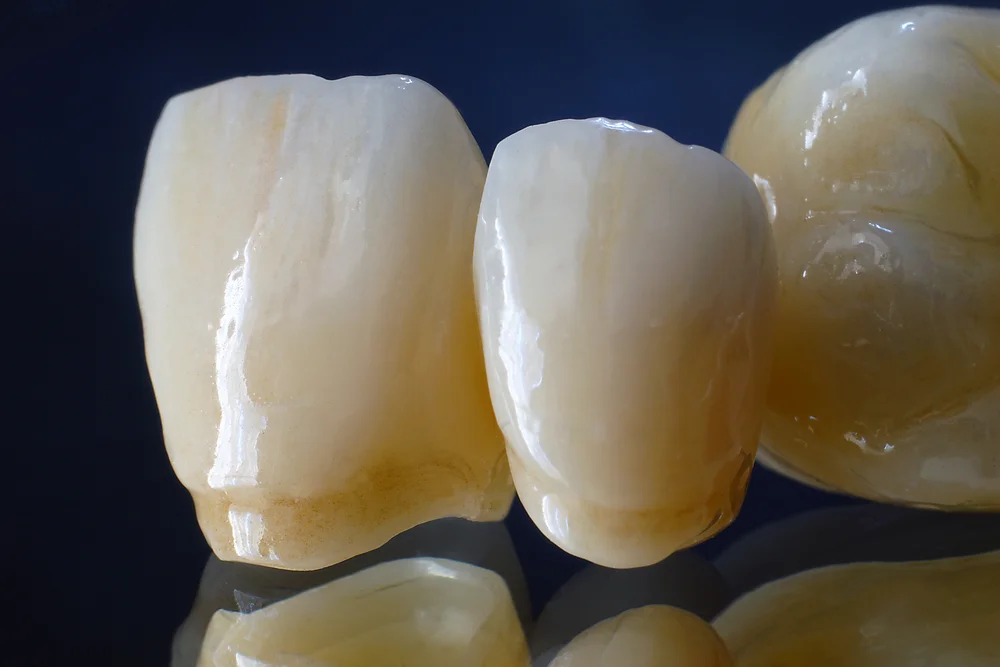- Fluoride helps to prevent tooth decay, but can be toxic if ingested in large amounts.
- Studies fail to demonstrate that fluoride has adverse effects at the levels present in drinking water or dental products.
- Several organizations and advocacy groups remain opposed to the presence of fluoride in public water supplies.
Fluoride was first added to drinking water in some areas of the United States in 1945 as evidence showed that people who were exposed to higher levels were less likely to experience tooth decay.
More than 70 years later, proponents and skeptics continue to debate whether the risks of water fluoridation outweigh the benefits.
Like many naturally occurring chemicals, fluoride is toxic in large amounts. However, numerous studies and exhaustive scientific reviews have failed to demonstrate a harmful link at levels present in drinking water or dental products.
So, why the continued controversy?
The health implications of ingesting fluoride
Fluorides are compounds that consist of fluorine plus a metal or other substance. Examples include sodium fluoride, fluoride monofluorophosphate, and stannous fluoride.
When fluorides are ingested, they enter the digestive tract, are absorbed into the bloodstream, and then travel throughout the body. They tend to amass in areas of the body that also contain high levels of calcium, such as the teeth and bones.
Some fluorides are naturally occurring in water, air or soil. Fluoride can also be found in certain plants and animal-based foods. Most water already contains some amount of fluoride, although the amount can vary significantly from one geographic area to another.
Most people ingest tiny amounts of fluoride when they consume water, other beverages, and certain foods. Toothpaste and mouthwash products also commonly contain fluoride.
Currently, 75% of Americans receive drinking water with fluoride added to it, according to the American Cancer Society.
What’s the right concentration?
“The optimum level of fluoride in drinking water is 1 part per million (ppm), or 1 mg/L. This is an extremely low level,” says Dr. John D. Aston, general dentist at Floss Bar’s Central Park South location in New York City.
“What people should know is that fluoride occurs naturally in drinking water at small levels,” Aston explains. “Fluoridation is the adjustment of drinking water to the optimum level of fluoride in order to reduce tooth decay.”
Based on cumulative evidence, water fluoridation is recommended by almost all public health, medical and dental organizations, including the American Dental Association, the American Academy of Pediatrics, the US Public Health Service, and the World Health Organization.
The purported link between fluoridation and cancer
Nearly every study of water fluoridation has failed to show a link between fluoridated water and health problems.
To date, more than 50 studies have examined such a link and none of them have demonstrated a strong association to cancer, according to the American Cancer Society.
The Society also points out that several systematic reviews of small fluoride studies have been conducted in the last 25 years. These studies either concluded that the carcinogenicity (potential to cause cancer) of fluoride cannot be classified, or that cancer rates are no higher in areas with water supplies containing high levels of fluoride.
These reviews have been conducted by some of the world’s foremost scientific organizations, including the US Public Health Service, the National Research Council (NRC), The European Scientific Committee on Health and Environmental Risks (SCHER), California’s Carcinogen Identification Committee (CIC), and The United Kingdom’s National Health Service (NHS) Centre for Reviews and Dissemination.
The American Cancer Society concludes that, “The general consensus among the reviews done to date is that there is no strong evidence of a link between water fluoridation and cancer.”
Continued opposition to water fluoridation
For most people who have studied the subject, statements like this from major medical and scientific organizations are enough to settle the matter. However, this hasn’t stopped some from continuing to question the practice.
Since the introduction of fluoride into the water supply, there has been opposition from people who for various reasons claim that fluoride should not be added to drinking water or dental products.
“Opposition to fluoride stems from a number of sources, including conspiracy theorists,” says Aston. “A popular movie in the sixties called Dr. Strangelove famously parodied a communist plot to destroy America by placing fluoride in drinking water.”
In other cases, it has to do with misinterpretation, such as taking statements out of context. “‘Fluoride is toxic’ is a slogan often used to scare people, but it’s not toxic at safe levels. Iron, vitamin A and D are also toxic to humans, but only at certain levels,” Aston clarifies.
Author Laurie Endicott Thomas discusses the fluoride myth in her book, Where Do Gorillas Get Their Protein? What We Really Know About Diet and Health. She shares Aston’s point of view: “Few people understand the basic principle of toxicology, which is that the dose is what matters. Something that is poisonous in large doses can be harmless or even beneficial in small doses.”
“In other words, you can overdose on medication, but that does not mean that you should never take any medication at all,” Thomas summarizes.
A shadow of doubt
Some of the confusion is based on a study of fluoridated drinking water conducted by the US National Toxicology Program (NTP) in 1990. The researchers involved reported that results showed inconclusive evidence of a type of bone cancer called osteosarcoma in male rats. No evidence of cancer was found in the female rats, male mice or female mice studied.
Nevertheless, some skeptics of water fluoridation believe that fluoride in drinking water causes osteosarcoma. They cite the aforementioned study as well as the fact that fluoride does tend to amass in the bones’ growth plates, which is where osteosarcomas also tend to occur.
There are also those in the dental community who are seeking to end water fluoridation. In a recent opinion piece supporting fluoride in dental products but not in drinking water, one dental care professional pointed out that while fluoride has been added to drinking water for years, some countries in Europe have reversed this decision.
Dr. Thomas Connelly in New York City believes that because there are other ways to prevent cavities, the potential “risks” of water fluoridation aren’t worth it. In addition to osteosarcoma, he suggests a potential link between fluoridated drinking water and hip problems as well as a condition called fluorosis, which may lead to learning disabilities.
Exposure to high concentrations of fluoride during childhood when teeth are developing can in fact result in mild dental fluorosis, causing tiny white streaks or specks in the enamel of the tooth. In support of his arguments, Connelly also points out that the National Kidney Foundation (NFK) has reversed its long standing support of fluoridated water.
Putting the debate to rest: fluoridation is a good thing
Healthy debate notwithstanding, the reality is that most dentists, scientists and experts who have adequately researched and reviewed the subject of fluoridation have come to the same conclusion: adding fluoride in appropriate quantities to tap water is a good thing as it contributes to healthy teeth.
“There has never been any scientific basis that fluoride added to drinking water has caused health problems. It has been cited as one of the top ten health and wellness achievements of the 20th century, along with vaccinations and reduction of heart disease,” notes Aston.
Thomas concurs, “If the recommended amount of water fluoridation were causing cancer, we would see higher cancer rates in the areas where the water is fluoridated. But we don’t.”
She describes fluoride as a “Goldilocks problem”: too little is bad, and so is too much. But the right amount is beneficial. “Everyone agrees that too much fluoride is bad,” she says. “The problem is that some people refuse to admit that too little can also be bad.”









